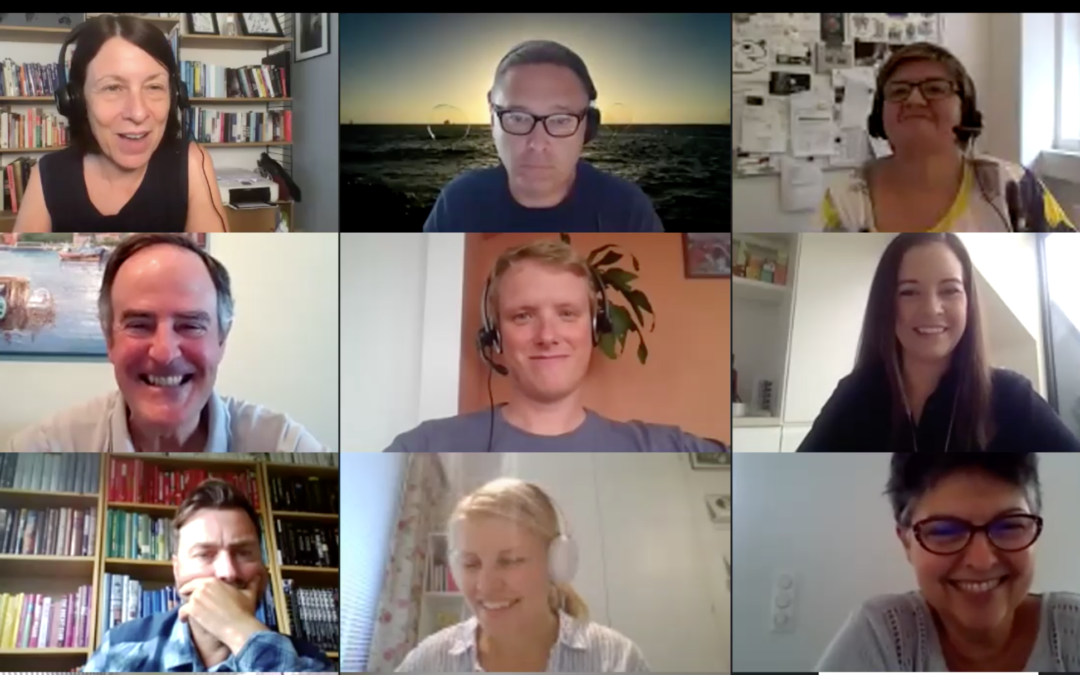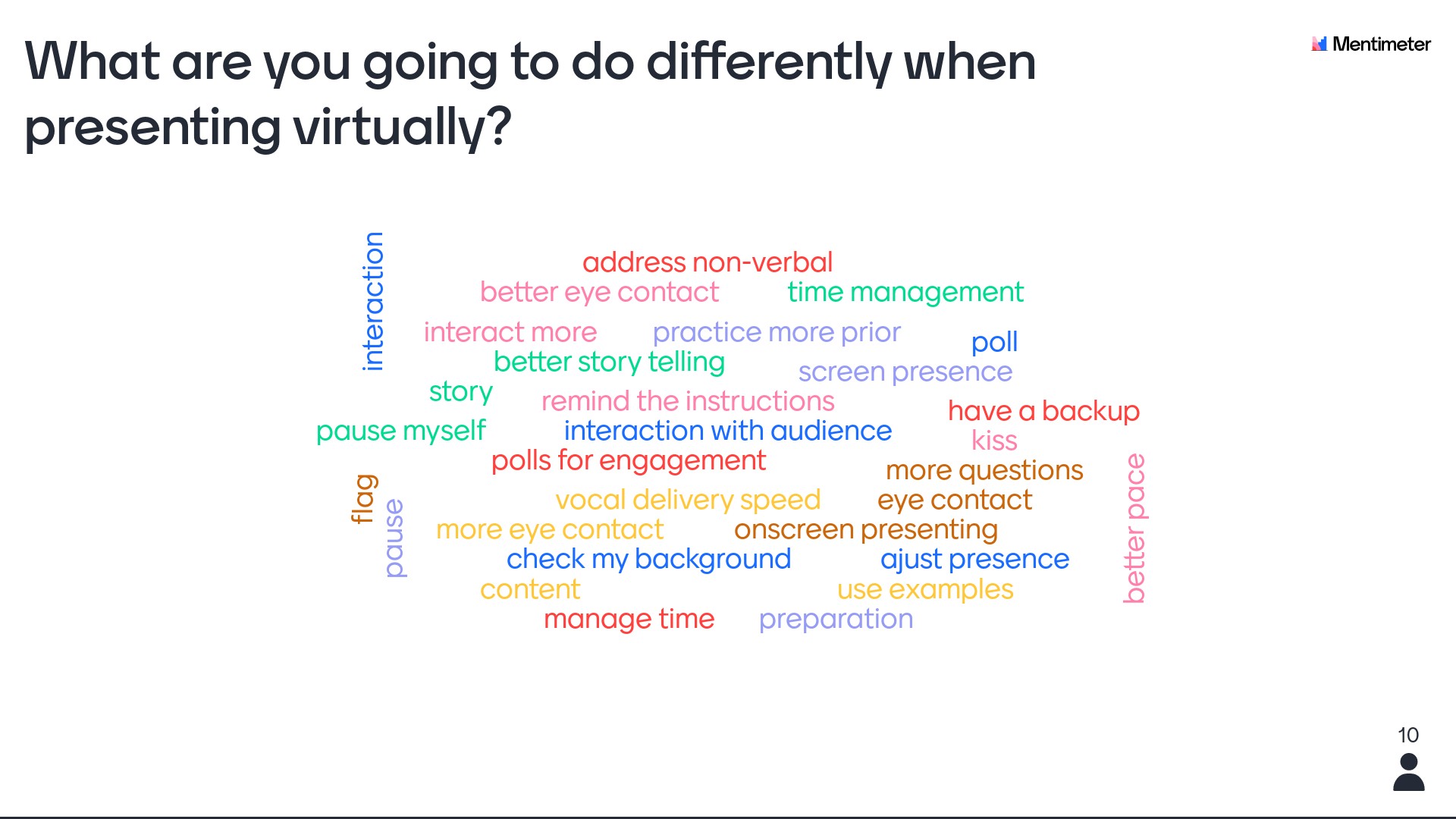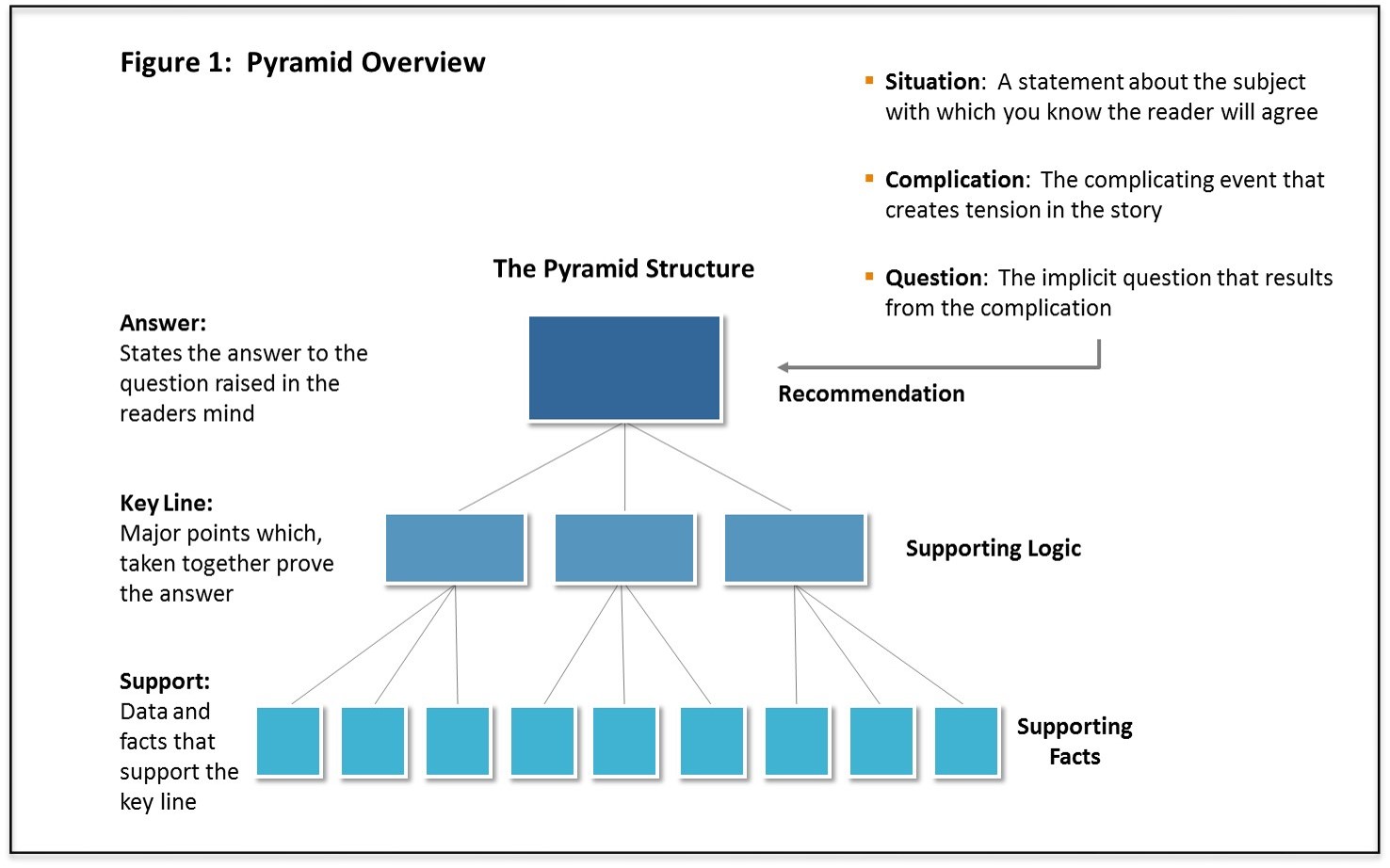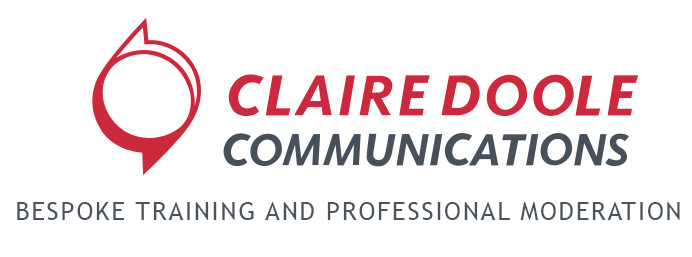
by Claire Doole | Oct 19, 2020 | Blog, Presenting
“It ain’t so much the things that people don’t know that makes trouble in this world, as it is the things that people know that ain’t so.”
This is one of the many quotes attributed to 19th Century American writer Mark Twain and it definitely applies to presenting.
Many people think they are good presenters – mostly because people are too polite to tell them they are not, or in the case of senior people because no one dares tell them!
Presenters themselves also have a blind spot. This month I was asked to train a number of speakers taking part in virtual conferences. I blocked time in my diary and waited for the Doodle calendar to fill up. Two things happened – some people were too busy, others left it to the last moment.
This only confirmed to me another great quote about public speaking. This time by the American comedian, Jerry Seinfeld, who said:
“According to most studies, people’s number one fear is public speaking. Number two is death. Death is number two. Does that sound right? This means to the average person, if you go to a funeral, you’re better off in the casket than doing the eulogy.”
People who don’t like public speaking tend to put off preparing their presentation until the last minute.
The reason though I believe people did finally sign up was because it was pitched as engaging presenting in the virtual world. The world of Zoom is unforgiving. If people are bad at presenting in the real world, their mistakes are amplified virtually. You simply have to be better – powering up your visual, vocal and verbal channels of communication – in order to break through the digital screen and hold attention.
5 quick tips on engaging virtual presenting
• Establish onscreen presence – You are now a television presenter, so you need to make sure you are looking directly in the camera and having a conversation with it as if you were talking to someone in person.
• Think about your audience – If you want to break through the digital screen and get their attention, you have to meet their expectations. What do they need to know? How does your presentation help them?
• Keep it simple and straightforward – What is your big idea and what are the three key messages you would like your audience to take away? You need to peel away the layers of complexity so people understand immediately what you are saying.
• Make it memorable – Use the SUCCESS model to create messages that stick. They must be simple, unexpected, concrete, credible, emotional and don’t forget to illustrate a key message with a story to build connection.
• Rehearse, rehearse, rehearse – Professional television presenters do, so like them you must know what you are going to say and never go over time!

If you would like to learn more about engaging virtual presenting attend one of my group workshops or if you would like to get feedback on your virtual presenting skills attend a smaller group workshop or get in touch for some individual coaching.

by Claire Doole | Jun 25, 2019 | Blog, Presenting
As the adage goes, you don’t get a second chance to make a first impression. But never has it been so true in these days of highly competitive job interviews where employers’ pre-screen candidates with a video interview.
According to the Institute of Student Employers, some 49% of interviewees are asked to do either a live face-to-face interview via video or one that is pre-recorded. In the latter, each candidate is given the same set of questions and timeframe to respond.
All video interviews whether for a job, a corporate video or for the TV can be nerve-wracking but the one-way video interview is particularly challenging, as you don’t get any verbal or visual feedback.
Recently, a young woman came to me asking for advice on how to make a good first impression in a one-way video interview for a job she was applying for at an international organisation here in Geneva.
Here are some of the tips I gave her:
1. Dress the set – Remove all those weird art works, embarrassing photos and scruffy books. Make sure there is nothing in vision that can distract from the important points you are making.
2. Dress to impress – The visual channel always takes priority over the verbal and vocal channels so counter this by being sober with your dress. Dress smart as if for a face-to-face interview, but remember the camera doesn’t react well to contrasting colours like black and white or to busy patterns such as swirls and checks. Avoid these in favour of block colours. Navy is a safe bet.
3. Apply make-up – This evens out skin blemishes and even men should wear some powder so they don’t look shiny or, heaven forbid, sweaty.
4. Eyes are the windows to the soul – Set up the camera so that you are looking straight into the lens. If you look downwards, you will look patronising, whereas if you look up, you will look submissive. Lock in your eye line so it doesn’t shift. If you keep glancing away you will appear evasive and untrustworthy. If you need to reflect on an answer quickly look down before looking up again directly at the camera.
5. Think about your posture – Perch slightly forward with your behind well back in the chair (think BBC!) .You want to look interested and alert. Place your feet firmly on the ground, as this will anchor you. It is also a better posture for diaphragmatic breathing than if you cross your legs.
6. The power of your gestures – Use your hands and arms to reinforce the points you want to make. This will also energise your vocal delivery.
7. Get a head start – Make sure your head is balanced evenly on your shoulders – and not tilted to the side as this will make you appear quizzical and uncertain. Don’t jut out your jaw, as this will affect the quality of your vocal delivery.
8. Modulate your voice – Speak with impact by adjusting your tone to the message, pausing before and after a key message and keep a smile in your voice to add warmth.
9. Smile and the world smiles with you – You want to show that you are happy to be interviewed so embrace the opportunity to answer the questions with a smile.
10. Amplify your enthusiasm – Video tends to suck the life out of people so you need to compensate by giving more energy than you would to your answers.
If you follow these tips you will be “ready for your close-up” whether you are doing a job interview via video link or giving an interview for your organisation’s YouTube channel or to the media.
And one final thought – don’t make the mistake of the expert who was giving a serious interview on the BBC about the tensions on the Korean peninsula but was interrupted by his children.
He forgot to put a do not disturb sign on his living room door, and went viral for all the wrong reasons!

by Claire Doole | Oct 31, 2016 | Blog, Presenting
Many of the people I coach in the art of powerful presenting are highly intelligent and articulate. They are medical doctors, academics, bankers and lawyers.
But they are not journalists, like myself. They often don’t have an innate sense of storytelling or they know too much and struggle with getting the level of detail right.
This is where structuring your thoughts for maximum impact comes into play. I recommend two ways to structure your thoughts that will guarantee the audience is focused on the key messages, and not on trying to decipher meaning in a disorganized presentation.
IMPACT
All trainers love mnemonics – memory devices. Here is one to help you structure a presentation.
Introduction – get the audience’s attention with a bang and make sure the benefits are clear.
Main messages – outline your purpose and your key messages – what do you want the audience to take home so that you achieve your purpose? Do you want to inspire, sell, persuade or inform?
Points – what are your main points? How are you going to structure them? Chronologically, most important to least important, geographically or thematically? Remember to support your points with facts, data and stories.
Associate – make sure your supporting examples are relevant to your audience.
Conclude and recap – summarize and repeat your key messages.
Take-away – finish with a bang. This can be a call to action – what do you want your audience to do, feel or say as a result of your presentation?
It follows the old adage – tell them what you are going to tell them, tell them, and then tell them what you have just said. Believe me repetition in spoken communication helps make your messages stick.
MINTO PYRAMID
All communication involves an element of persuasion. Barbara Minto developed the pyramid principle in the 1960’s. It is effective if you want to persuade somebody with an argument. It works well when writing, presenting proposals or recommendations, making an elevator pitch or responding to a busy executive’s question.
You start with an introduction that takes your audience through the following steps:
Situation – describe the situation so it is easy to understand. This can be something that the audience already knows or you know that they will agree with.
Complication – introduce the issue or issues that make the situation problematic.
Question – ask the question that leads to the answer you want to give in your proposal or recommendation. It can also be the answer to the question the executive wants answered such as “what should we do?”
Answer – this resolves the complication you identified.
The body of the presentation deals with the solutions you are proposing. As you know, people rarely remember more than three points so divide your solutions into three, and for each ensure you have supporting information to make your case.
At the end you can recap the solutions, your key messages and either end with a call to action or outline next steps.
As this is not a mnemonic, it will be easier to understand visually.

Call to Action
As I said earlier, it is vital that you and your audience know what you want them to do as a result of listening to your presentation.
So, as a coach/trainer, who walks the talk, if you would like to
find out how to structure your thoughts clearly and compellingly, please do get in touch.
In my next monthly blog, I shall be sharing tips on how to use stories to get your message across.





